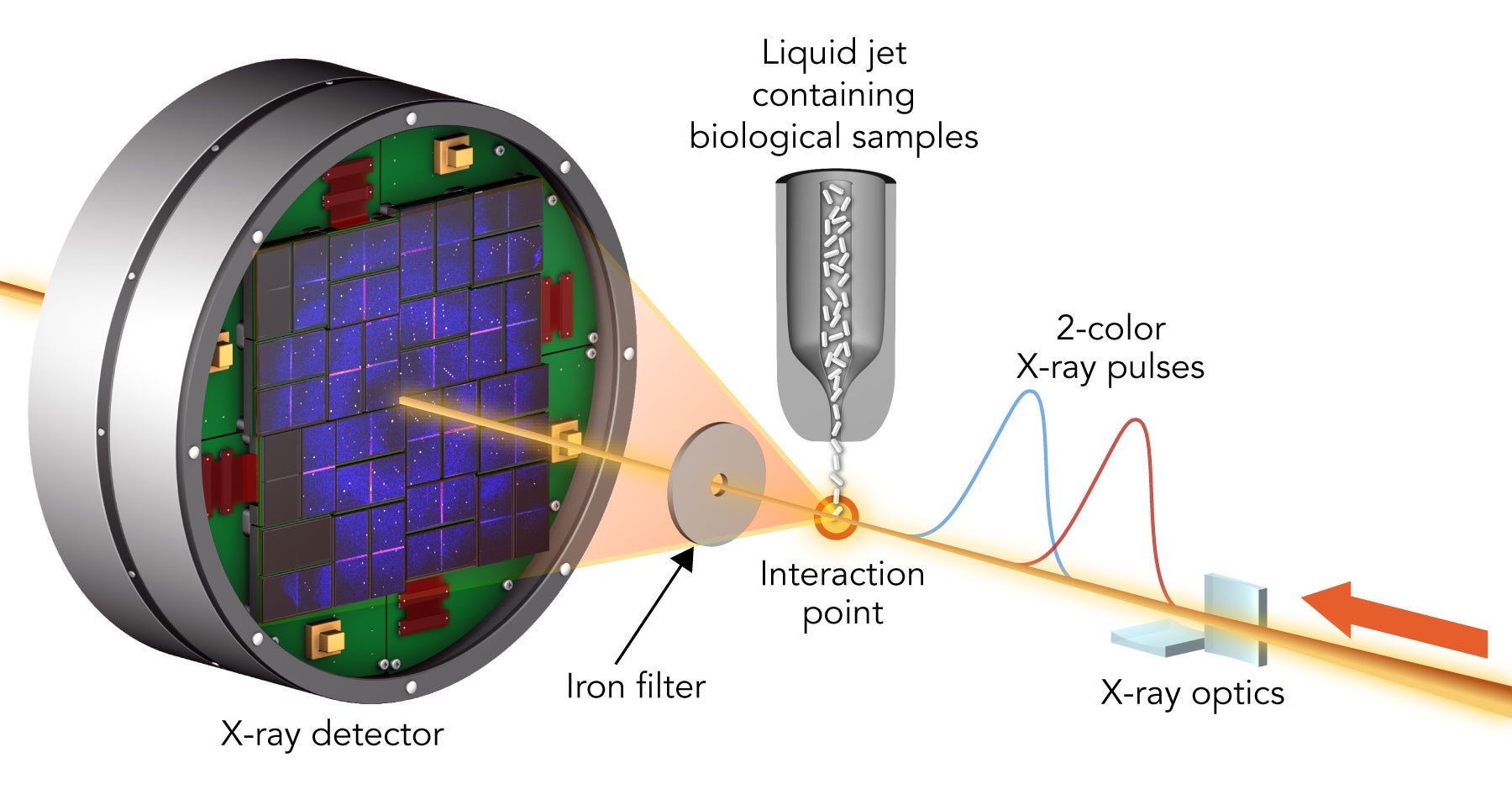Contents

Source: SLAC National Accelerator Laboratory – Stanford University
X-Ray Lasers: Harnessing the Power of X-Rays
Introduction to X-Ray Lasers
An X-ray laser is a powerful device that emits X-rays with wavelengths in the range of a few nanometers. Unlike traditional lasers, X-ray lasers require unique technical approaches due to the extreme spectral region they operate in.
Technical Approaches
One common approach is using a free electron laser, where high-energy electrons pass through an undulator to generate short wavelengths. Another method involves generating optical gain in plasmas created by laser beams or electrical discharges. These plasmas contain highly charged ions that undergo laser transitions to emit X-rays.
Operation and Coherence
Constructing a low-loss laser resonator for X-ray wavelengths is challenging. As a result, many X-ray lasers operate without a resonator, functioning as amplified spontaneous emission (ASE) sources. However, this compromises spatial and temporal coherence. Injection seeding can enhance coherence and output power by using a narrow-band seed source.
Other X-Ray Generation Techniques
Apart from X-ray lasers, high harmonic generation can produce X-rays using lasers. Although the optical power is limited, amplification in plasma can boost specific harmonic signals.
Future Developments
Research in X-ray lasers continues to advance, with new technologies and techniques being developed to improve coherence, power, and efficiency in generating X-rays.
Conclusion
X-ray lasers play a crucial role in various scientific and industrial applications, offering a powerful tool for generating X-rays in the nanometer range. Continued research and innovation in this field are paving the way for more efficient and versatile X-ray laser systems.

Source: IEEE Spectrum
Feel free to comment your thoughts.



